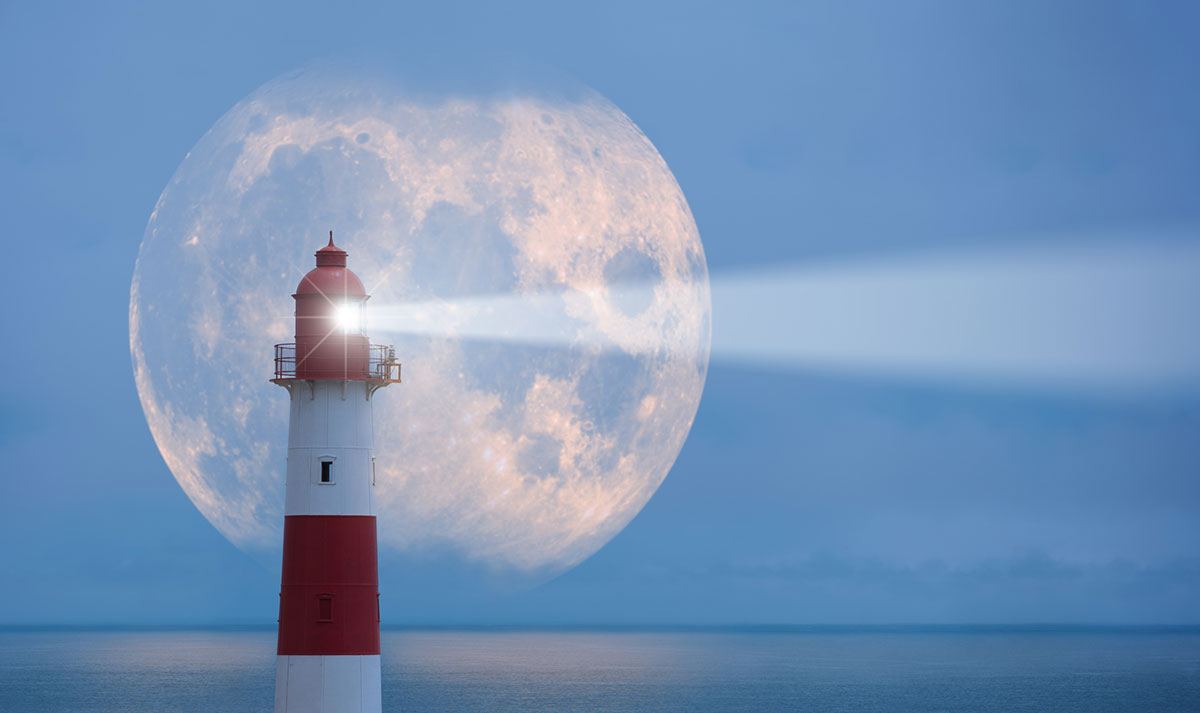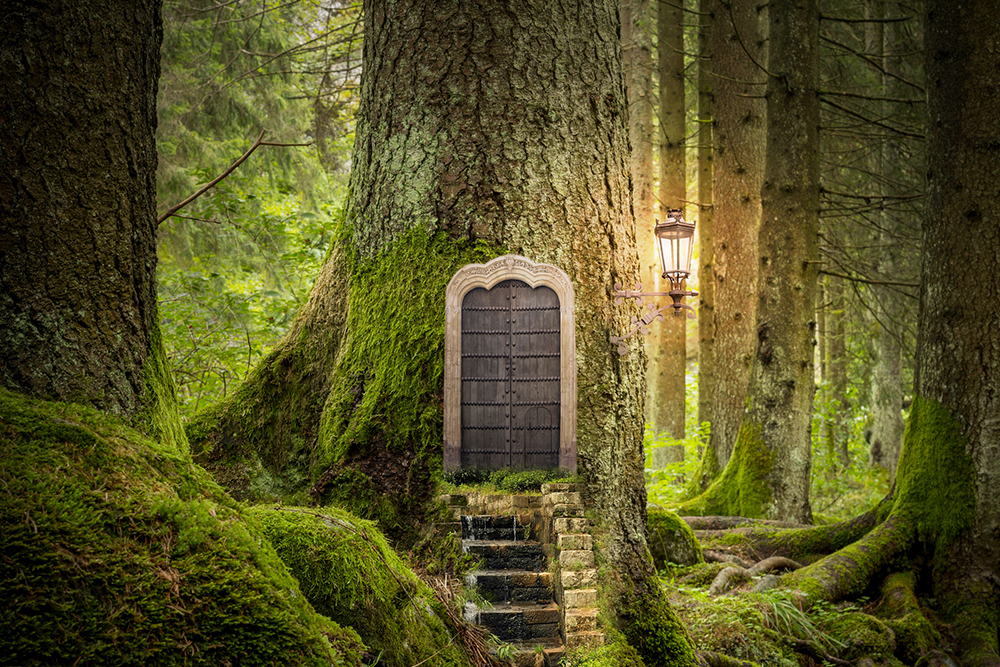Welcome to our latest Creativity, Thinking and Education blog series.
2020 has been fascinating to say the least. All walks of life are learning new skills daily. That would include me. While I’m typing this my grandchildren are doing online classes in Middle School (different classes) and I am working on my latest blog and a new newsletter. So let’s begin on our last blog of this series. We have explored briefly The Everyman, The Outlaw or Rebel, The Explorer, The Creator, The Caregiver and the Hero.
There are so many different levels of the archetypes and if you would like a deeper look just check out the blog series I have on Carl Jung’s 12 archetypes and Joseph Campbell’s archetypes. So today we will explore The Jester, the Sage and the Magician archetypes which interestingly does have a powerful role in helping people during these chaotic times. The jester likes to laugh, even at themselves. They usually are who they are. The never take themselves seriously because their goal is to enjoy life.
The Jester Archetype
Some great examples of the Jester Archetype is R2D2 or C3PO in the Star Wars series or Timon and Pumbaa in the movie the Lion King. They lighten up the world they are in and great listener, a calming presence and definitely funny. In every genera the story needs a break from the drama that is going on. Comic relief is always vital in the dramas of life or stories. The Weasley twins in the Harry Potter series continuously offset the darkness and seriousness of the dramas that unfold around them. The theme of the Jester Archetype runs through all great stories both fictional and real. Many comedians have come to the foreground to help people during the time of the pandemic and their jobs are very important for all of our sanity.
The Sage Archetype
Our next archetype we can look at is The Sage. They are free thinkers, mystical and genius. Their intellect and knowledge are their reason for living, their basic essence. Wisdom and intelligence are their strengths. It is really important for them to teach the next generation to pick up the gauntlet. They are also known as the Mentor, Teacher Detective, Expert, Scholar and Philosopher archetype. Some great examples of this archetype are Albus Dumbledore, Mary Poppins, Gandalf, Obi-Wan Kenobi, and Yoda. There are people in the world during this pandemic who are stepping up to the problems and situation we all face but it may take awhile for us to figure out who the present day Sages are.
The Magician Archetype
The next archetype we will explore is The Magician. They regenerate and renew not just for themselves, but for others as well. They are constantly growing and transforming. They usually want to understand the fundamental laws of the Universe. They focus on making dreams come true. The Magician is also known as the Visionary, the Catalyst, the Shaman, the Healer or the Medicine man or woman. Some examples of the Magician archetype are Merlin, Gandalf, Yoda, Albert Einstein, Nicola Tesla and so many more. The Harry Potter series and The Lord of the Rings series have many magician characters in them as good examples.
Who would a modern day Magician be in our current time situation? I would love to hear your thoughts.
Blessings,
Patricia


